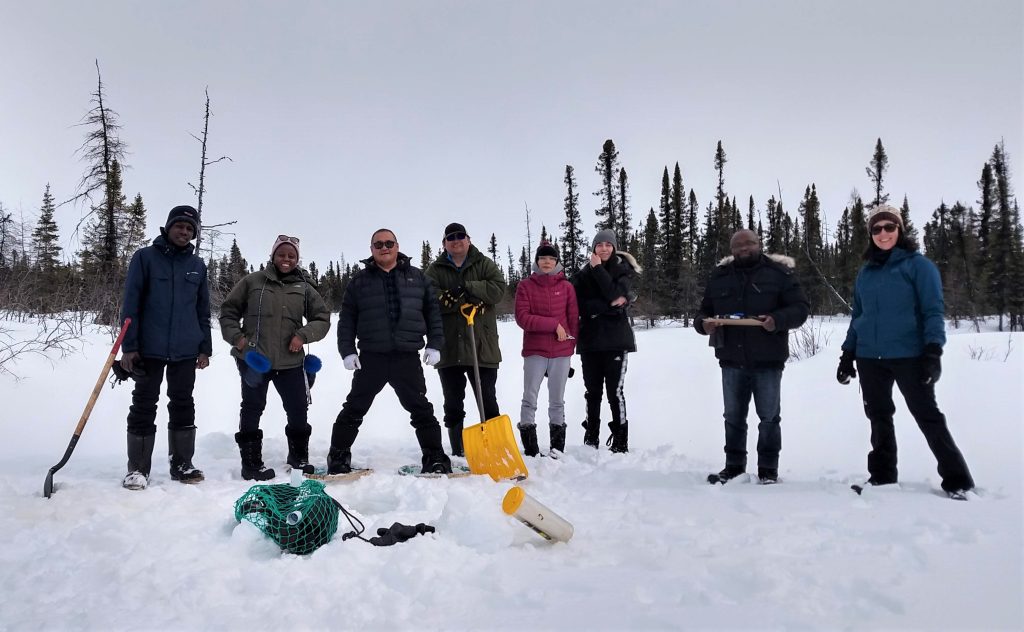Researcher André St-Hilaire first presented the concept of the greenhouse effect caused by certain gases such as CO2 and methane. Acting like the glass of a greenhouse, these gases trap infrared radiation, which increases the temperature on Earth.
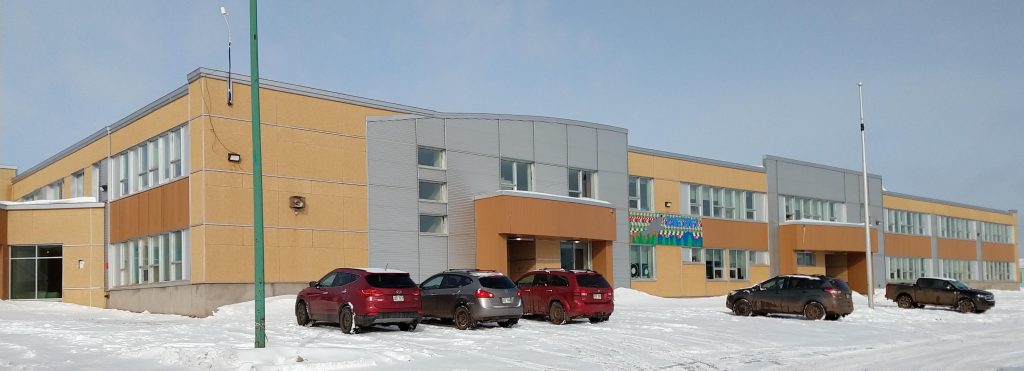
Researcher André St-Hilaire first presented the concept of the greenhouse effect caused by certain gases such as CO2 and methane. Acting like the glass of a greenhouse, these gases trap infrared radiation, which increases the temperature on Earth.
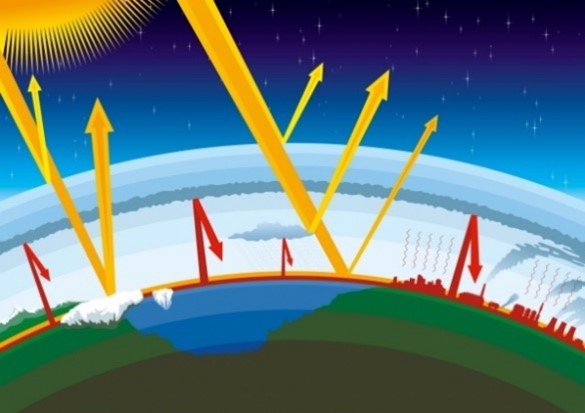
Researcher André St-Hilaire first presented the concept of the greenhouse effect caused by certain gases such as CO2 and methane. Acting like the glass of a greenhouse, these gases trap infrared radiation, which increases the temperature on Earth.

As an expert in river water temperature modelling at INRS, André St-Hilaire then presented the forecasts of these temperatures, in Quebec, over a 50-year horizon. He also explained the impacts of this climate change on aquatic wildlife.
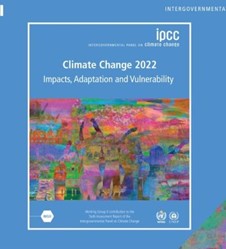
It is impossible to talk about climate change without talking about the IPCC, the Intergovernmental Panel on Climate Change. The 6th report of the IPCC published in 2022 aims at a maximum limit of global warming at 1.5°C.
To achieve this goal, solutions were discussed with the students, based on their reality in Matimekush-Lac John. Since the recycling of paper, plastic and glass is not possible at this time, students can still avoid single-use water bottles and opt for the use of a refillable water bottle, for example. Choosing active transportation such as walking and biking is also a solution to help reduce greenhouse gas emissions.
All this knowledge was then tested using an interactive Kahoot quiz, hosted by MiraNor coordinator Emilie Reny-Nolin.
Another solution to respect the maximum global warming limit of 1.5°C, was to participate in a research project on climate change to learn more about its impacts in Northern Quebec.

The four steps of the scientific process were presented to the students. They got down to work on step 3, which consisted of carrying out the chosen scientific investigation scenario: acquiring water temperature data using thermographs installed in the river.
The Kanatamat students participated in a real university research project by installing thermographs on three different bodies of water, under the ice that was still very thick in April!
They prepared the necessary equipment for the data acquisition during the field trip.
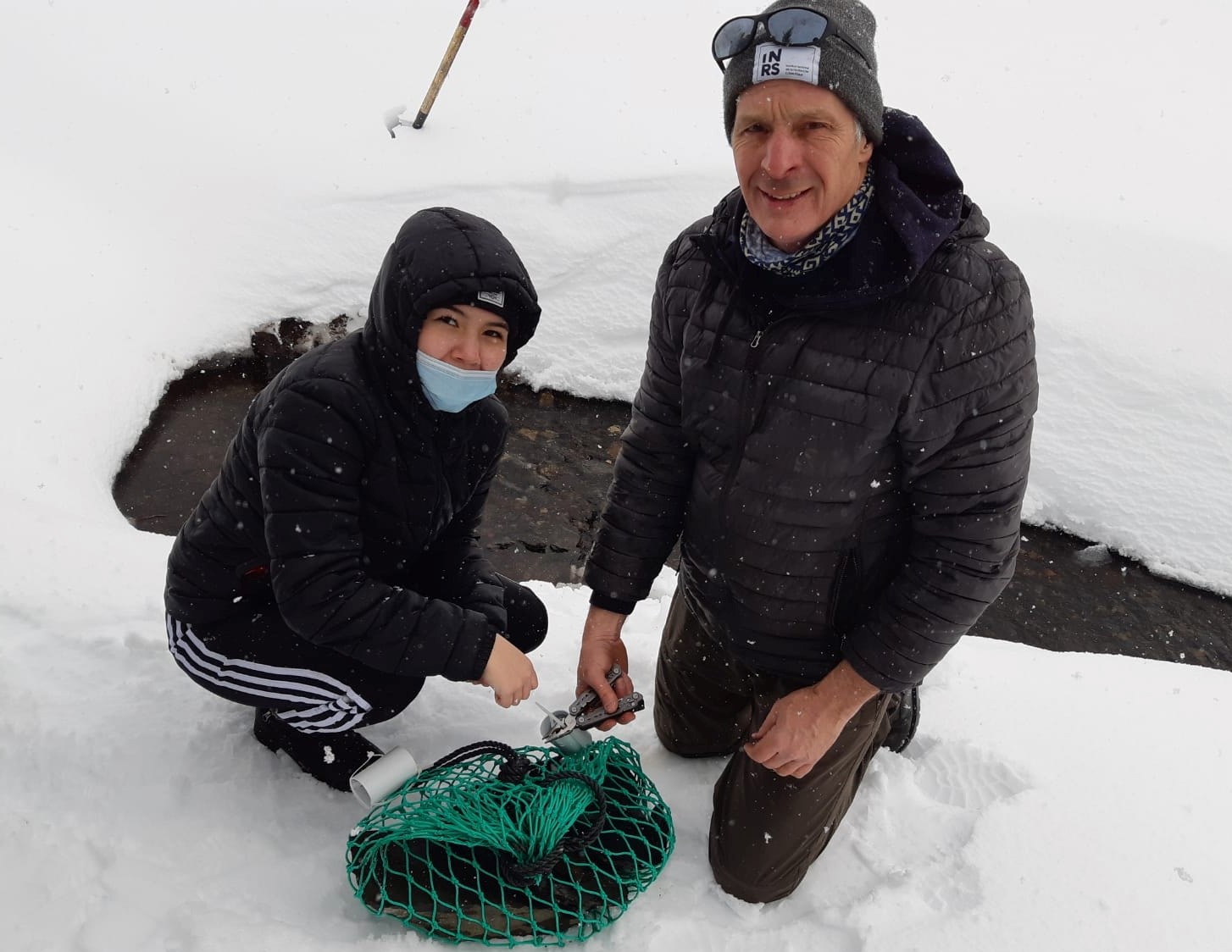
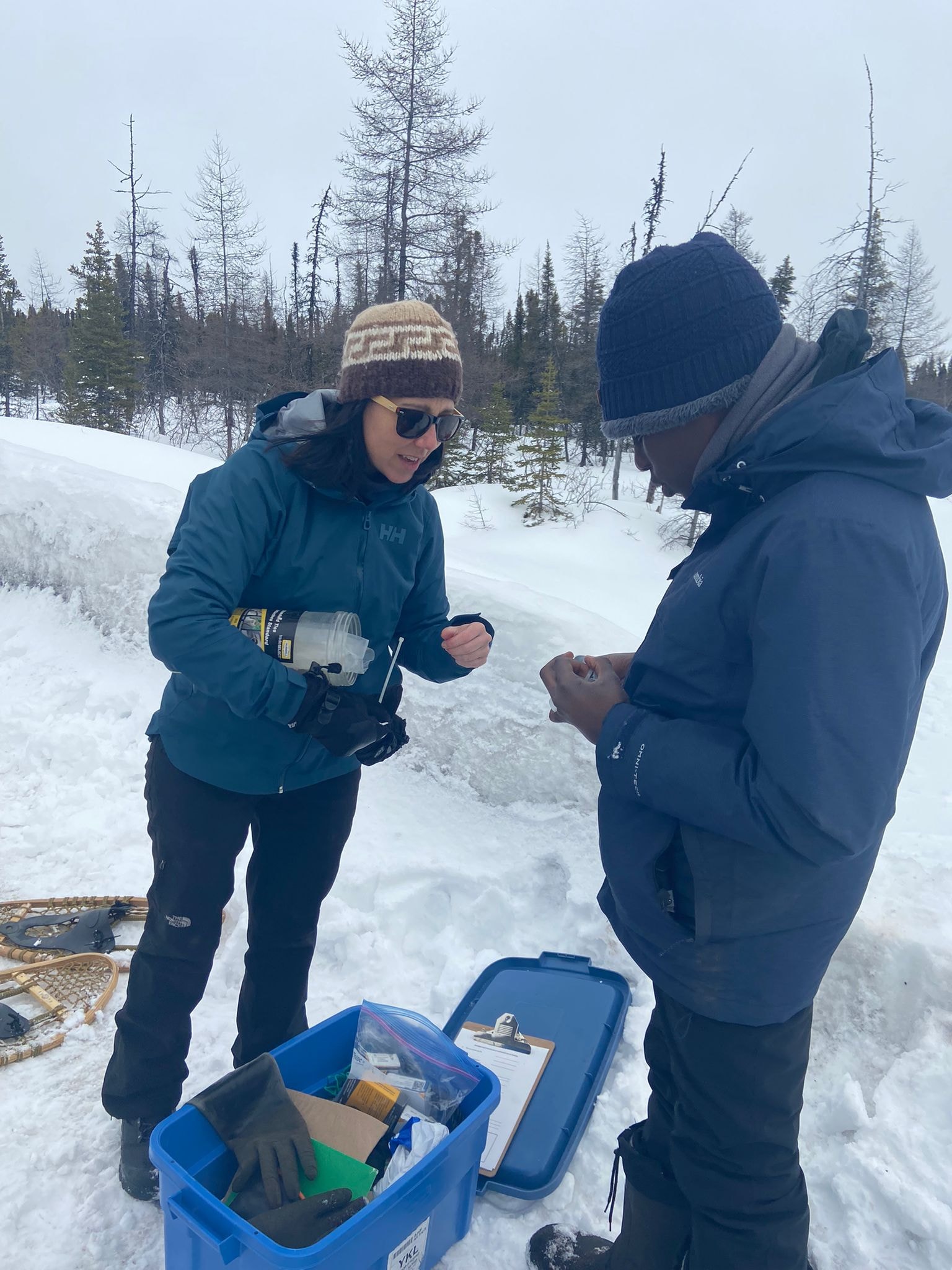
Students recorded information related to the selected study site.

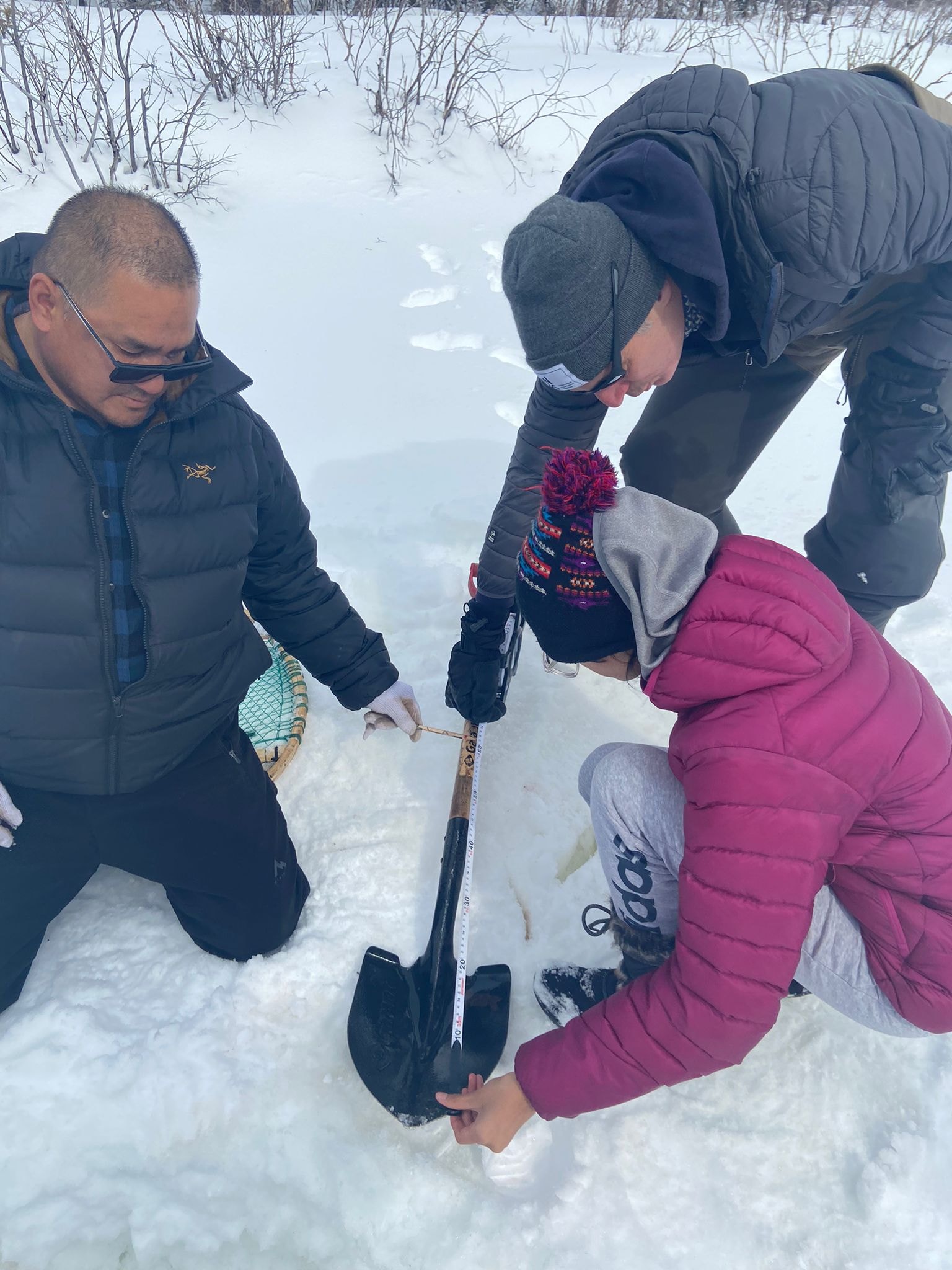
The thermographs, attached to the anchor bag, were installed in the river.
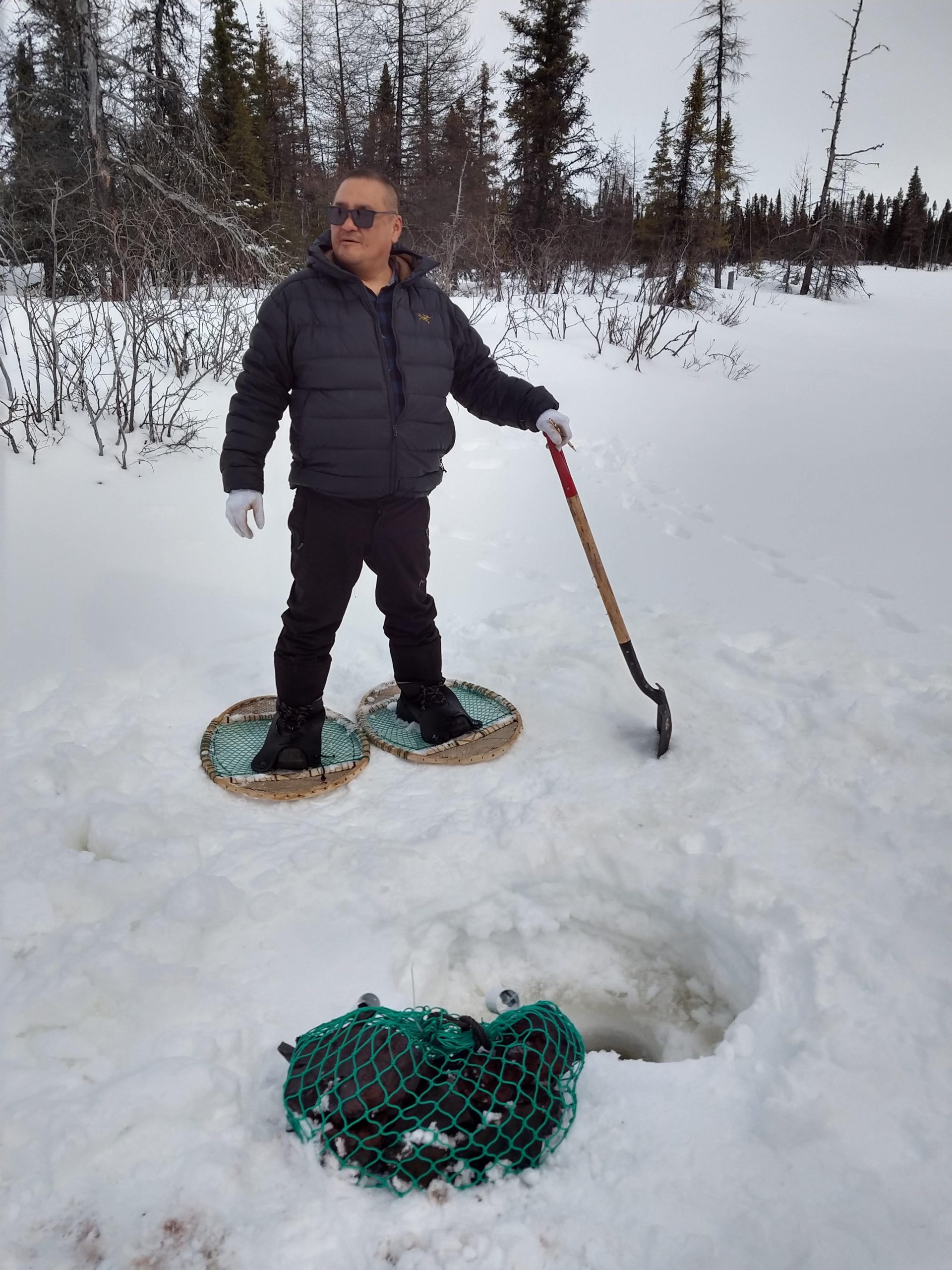
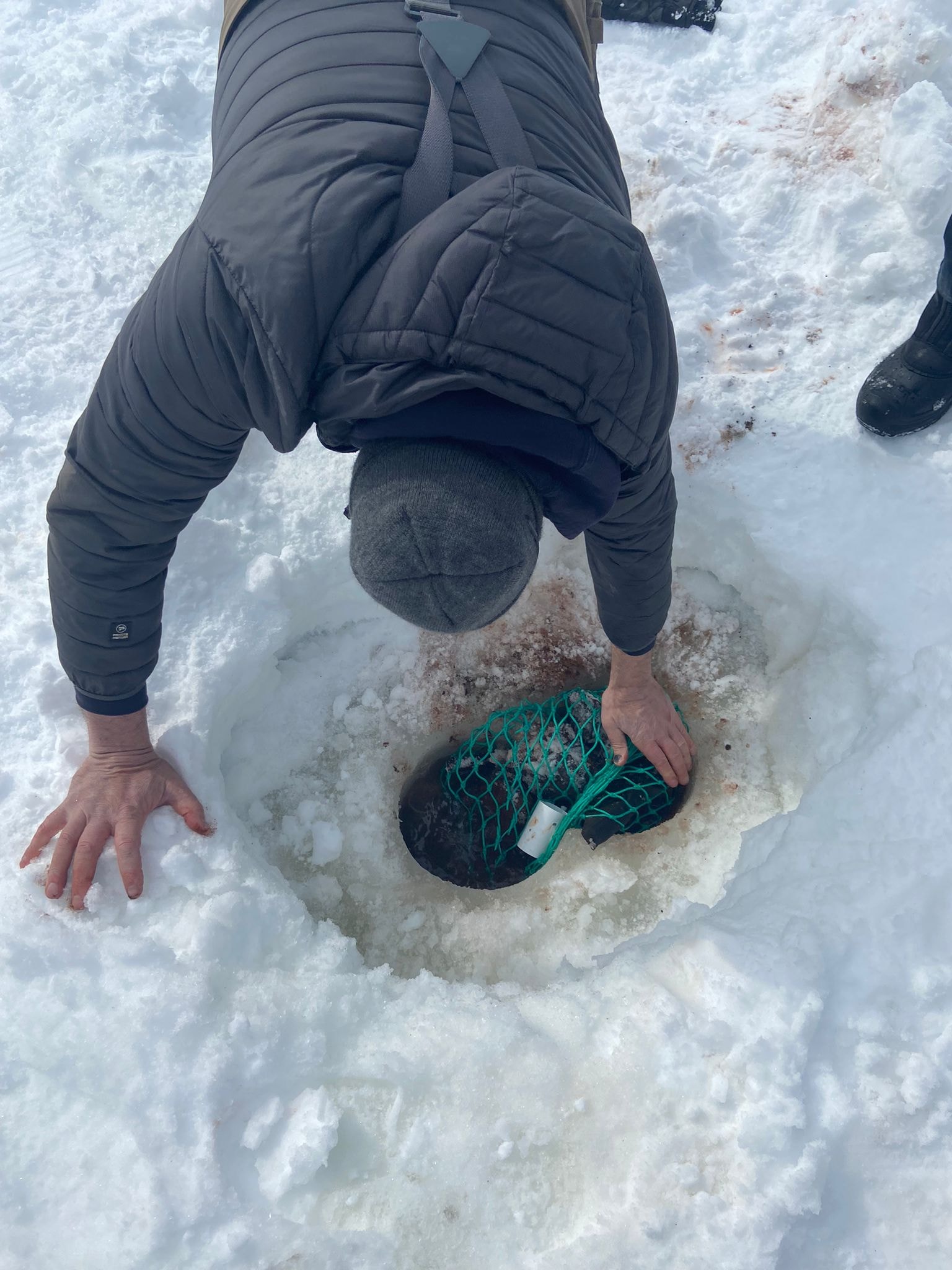
A few months later, these same students, accompanied by the territory guide and MiraNor collaborator Conrad André, will recover these thermographs as well as the river water temperature data recorded on them.
These students have thus concretely participated in a research project on climate change monitoring! This partnership allows André St-Hilaire’s team to obtain additional water temperature data that can be added to the RivTemp database.
